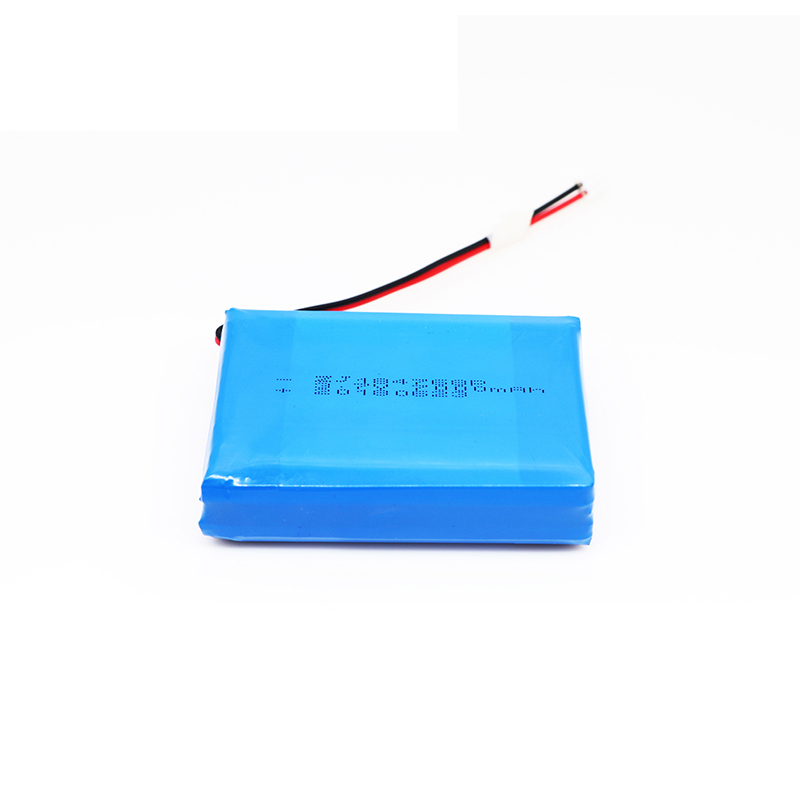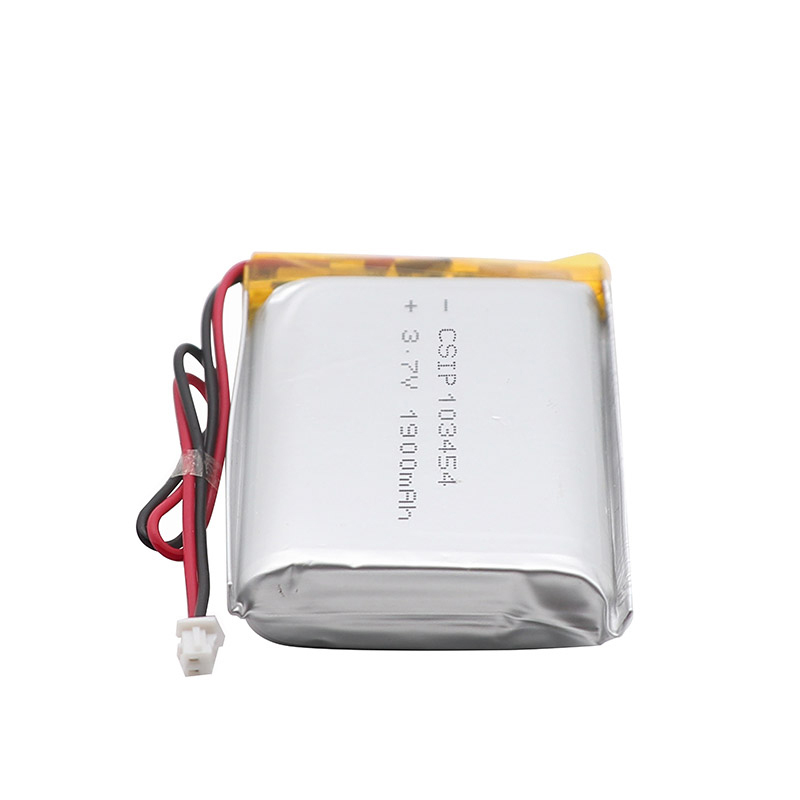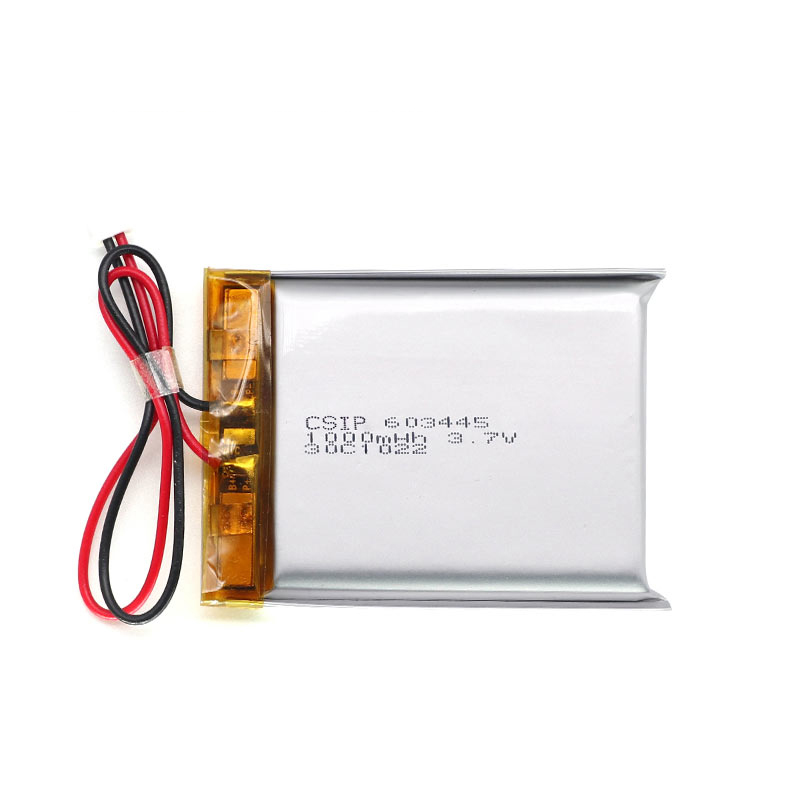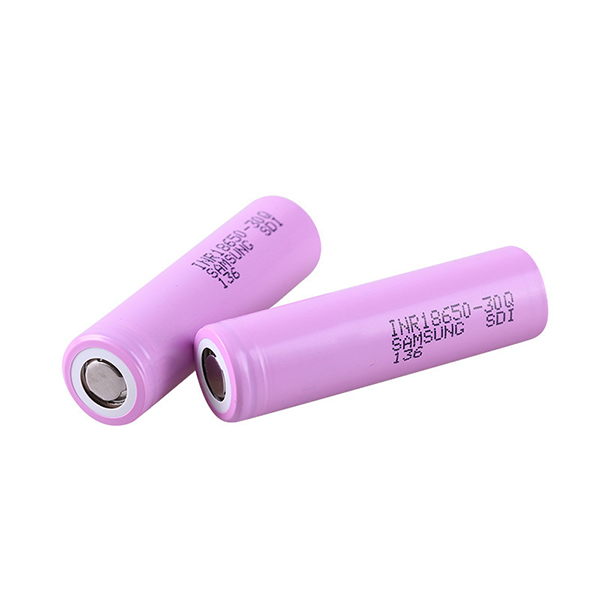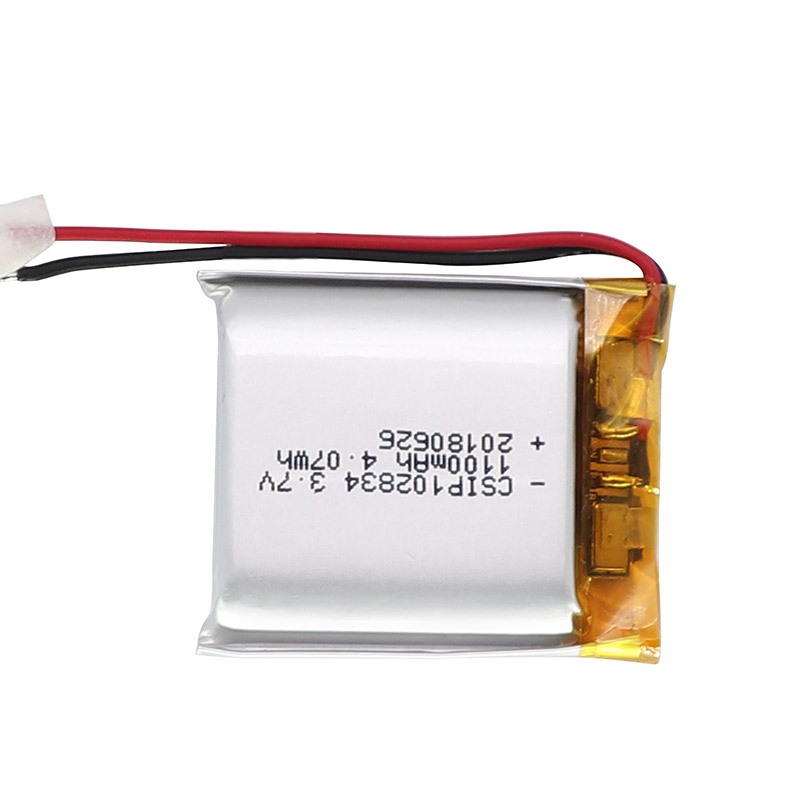Soft pack lithium batteries are liquid lithium ion batteries covered with a polymer shell. Structurally wrapped in an aluminium-plastic film, a soft pack battery will at most bulge and crack in the event of a safety hazard.
The poles are a raw material for lithium-ion polymer battery products. For example, mobile phone batteries, Bluetooth batteries, laptop batteries, etc. all require lugs. Batteries are divided into positive and negative poles, and the lugs are the metal conductors that lead from the cells to the positive and negative poles. This contact point is not the copper piece that we see on the outside of the battery, but a connection inside the battery. The ears are made of three materials: aluminium (Al) for the positive electrode, nickel (Ni) for the negative electrode and nickel-plated copper (Ni-Cu) for the negative electrode, all of which are made from a combination of film and metal tape.

The film is the insulating part of the lug, its function is to prevent a short circuit between the metal strip and the aluminium-plastic film when the battery is encapsulated, and to prevent leakage by heating (around 140°C) and sealing the aluminium-plastic film with a hot melt.
To be more precise, the "lug" is a "connecting, conducting, sealing element". The "connection" refers to the connection between the inside and outside of the battery, the connection between the lug and the aluminium-plastic film; the "conductive" refers to the electrical lead through the lug and the creation of a circuit; the "seal" refers to the seal between the adhesive strip and the metal strip and the seal between the adhesive strip and the aluminium-plastic film. The "sealing" refers to the sealing between the adhesive strip and the metal strip and the sealing between the adhesive strip and the aluminium-plastic film.
A lug is made up of two pieces of film that sandwich the metal strip between them. There are currently three types of film used in the market: black, white and single-layer. The commonly used black film is a three-layer structure: melanin, with a melting point of 66°C; PE, with a melting point of 105°C; and PP, with a melting point of 137°C. The finished packaging of polar ears is divided into disc type (the whole metal strip is rolled into a disc after adding the film through the equipment) and plate type (the metal strip is cut into individual pieces after adding the film and then placed in rows with two thin transparent plastic sheets sandwiched in the middle).
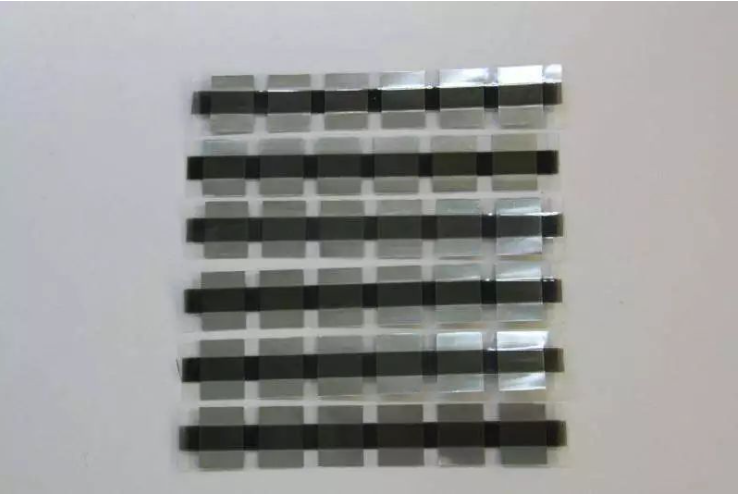
Li-ion battery lug connection method
1. Drilling and tapping followed by screwing.
Advantages: high mechanical connection strength, solid and reliable, low cost.
Disadvantages: unknown thickness, certain risks exist.
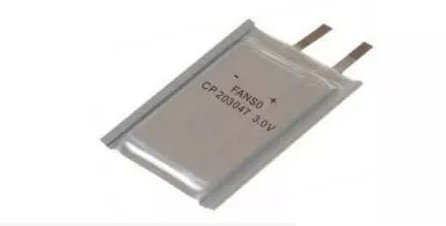
2. Drilling and tapping with ordinary solder after welding copper wire, with aluminum block test, steps: punching holes merit wire with tin solder wire to empty plug full middle do not forget to plug copper wire copper wire 1.0 soldering iron tin vise can not pull down the copper wire for insurance purposes a pole column best two to three empty and then on the purple copper tape quite solid.
Advantages: simple equipment, easy to operate, low cost.
Disadvantages: welding is solid to be tested.
3. Use M51 wire (low temperature wire) direct welding, welding materials: M51 + M51-F, low temperature copper and aluminium welding. M51 is the abbreviation of WEWELDING-M51, also called universal 51, is the
United States R & D Industries, Inc. factory brand, it is a kind of low temperature copper and aluminium welding wire containing special rare elements, 2010 by WEWELDING (Tianjin) Welding Technology Co. Mainland
China is primarily used for its remarkable ability to resolve at low temperatures almost all white metals, which include zinc (which is almost impossible to weld), copper-lead alloys, tin-lead alloys, aluminium and lead, etc.
M51 can also weld any of these metals to any other metal such as copper, brass, steel, stainless steel or bronze. Searching on Ma's home, the price is a little expensive, with a 1.3mm diameter 3m length of M51 costing
$25 and a small bottle of M51-F flux costing $50.
Pros: The description says the equipment is simple and the soldering is solid
Disadvantages: high cost, solidity to be tested
4. Ultrasonic welding
Flexible packaging lithium-ion power battery lug welding structure technology program is in the positive and negative lug welding, directly lug metal sheet and battery fluid collection through the ultrasonic welding
machine in the way of direct welding.
Lithium-ion battery cells in the production process, the core from the multi-layer core foil stacked, each layer of core foil sticking out of a layer of lug foil, in the core foil alignment lug foil also paste and align together, the
need to weld the core foil together to form the core, and lug foil welding together to form the lug, because the lug foil is very thin, only about 0.01mm, so the traditional general through ultrasonic The lug foil is thin, only
about 0.01 mm, so it is usually welded by ultrasonic welding. The lug foil is supported by a bottom mould in the lower part of the laminated lug foil, the welding head of the ultrasonic welding device is pressed onto the
lug foil and a certain pressure is applied to the lug foil through the welding head.
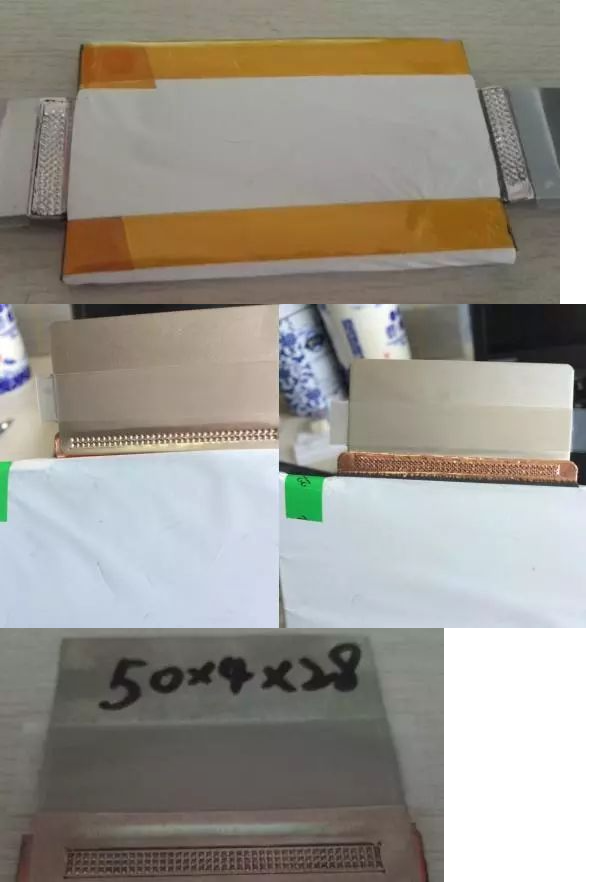
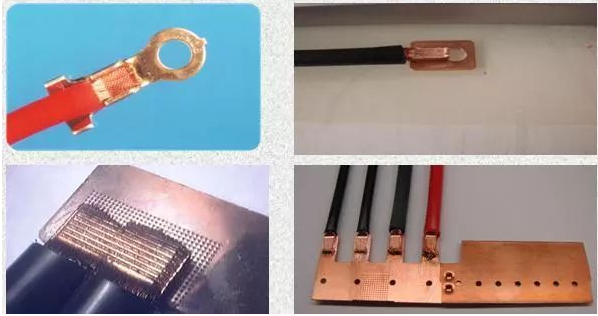
Ultrasonic lug welding machine for lithium batteries


 Home
Home CSIP
CSIP  Mar 31,2023
Mar 31,2023 
 Pouch cell pack lithium battery: heat sealing process Analysis of the influencing factors
Pouch cell pack lithium battery: heat sealing process Analysis of the influencing factors 
 Jan 09,2023
Jan 09,2023 
